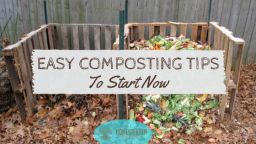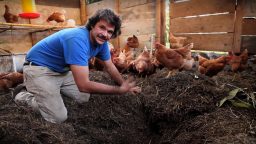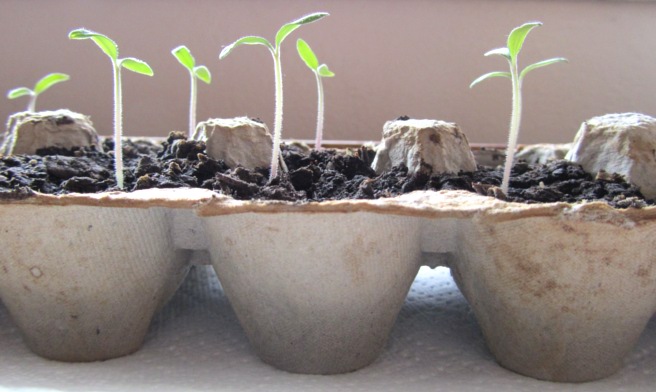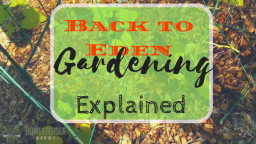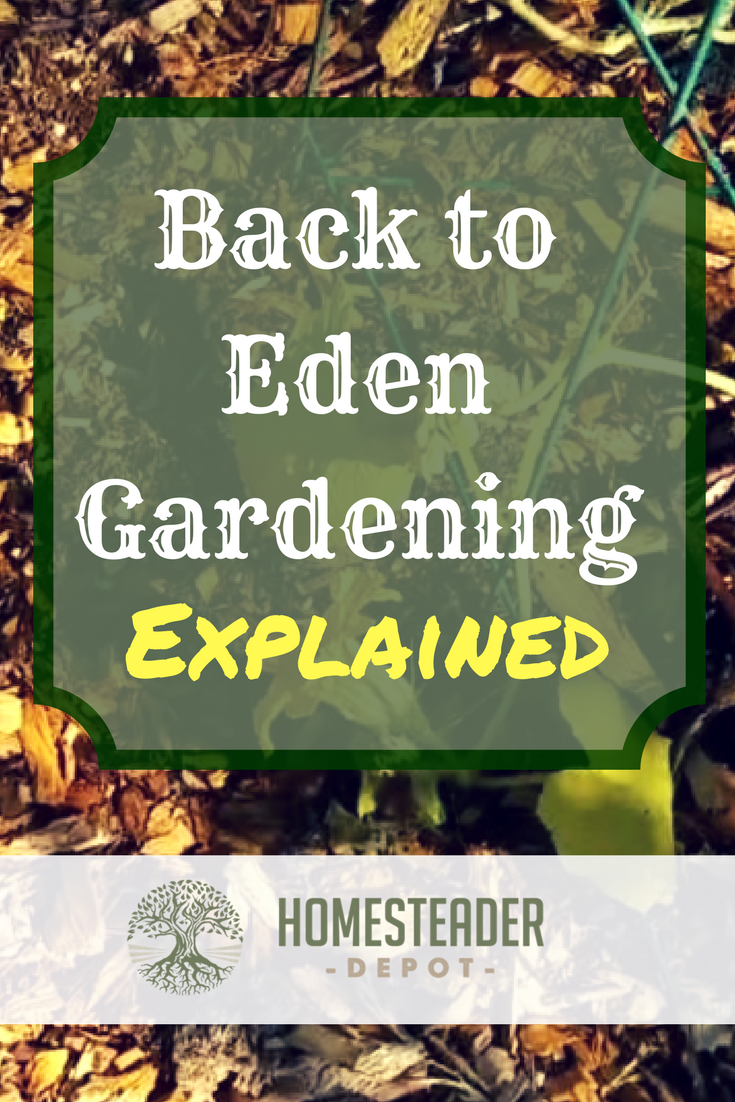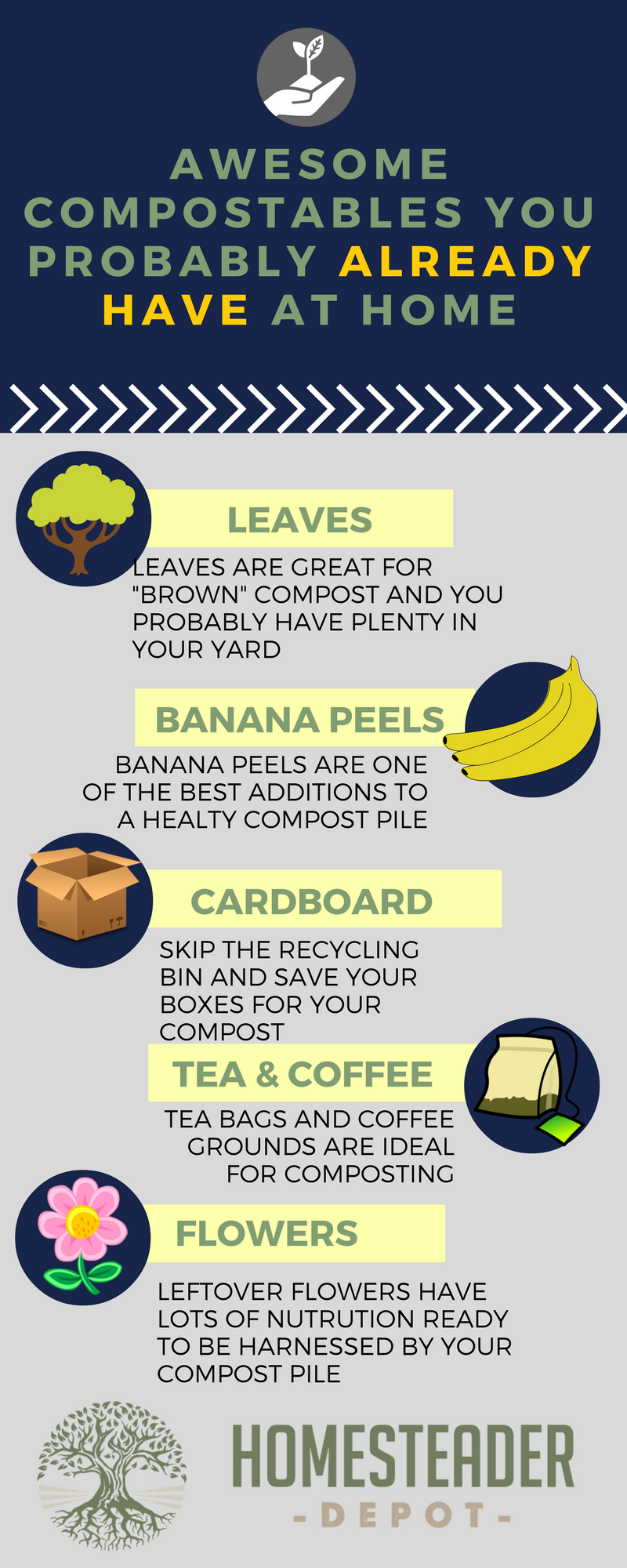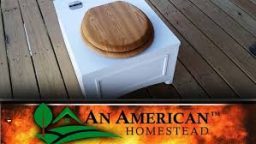If you are not composting already, it is something you should start doing sooner rather than later. The following are some simple tips that can help you to get started so you can enjoy the benefits of compost.
Tip #1 – The Compost Material Should Be Cut into Small Pieces
One of the mistakes that many people make when they are starting with composting is to throw in large chunks of material into the pile, thinking that it will just break down easily. By cutting everything into smaller pieces, it will help the compost to break down faster and easier. Keep the pieces to about an inch or so, and you will find that it works quite well.
Tip #2 – Keep It Damp
The compost pile should have moisture in it. You do not want it to be dry, as it will take much longer to decompose. However, you do not want to have it wet, either, as this could ruin the compost by flushing out the nutrients. Keep an eye on the compost to make sure it doesn’t get too dry, and if it does, slowly add water to get it to the point where it is just a bid damp.
Tip #3 – Keep It Aerated
It is important that you remember to turn the compost pile. You can do this very simply with a shovel or a pitchfork, and depending on the size of the compost pile, it should only take a few minutes. If you are keeping your compost in a barrel rather than in a pile, you can simple turn the barrel. However, if you are using a worm composter, those helpful little worms will take care of the turning for you, making things even easier. By aerating the compost, it ensures consistency, and the decomposition will happen faster.
One of the other benefits of turning is that you can find areas that might be too dry and then add some water, as mentioned above.
With these tips, you will find that composting is even easier that you thought.
If you enjoyed this, you might also like….
